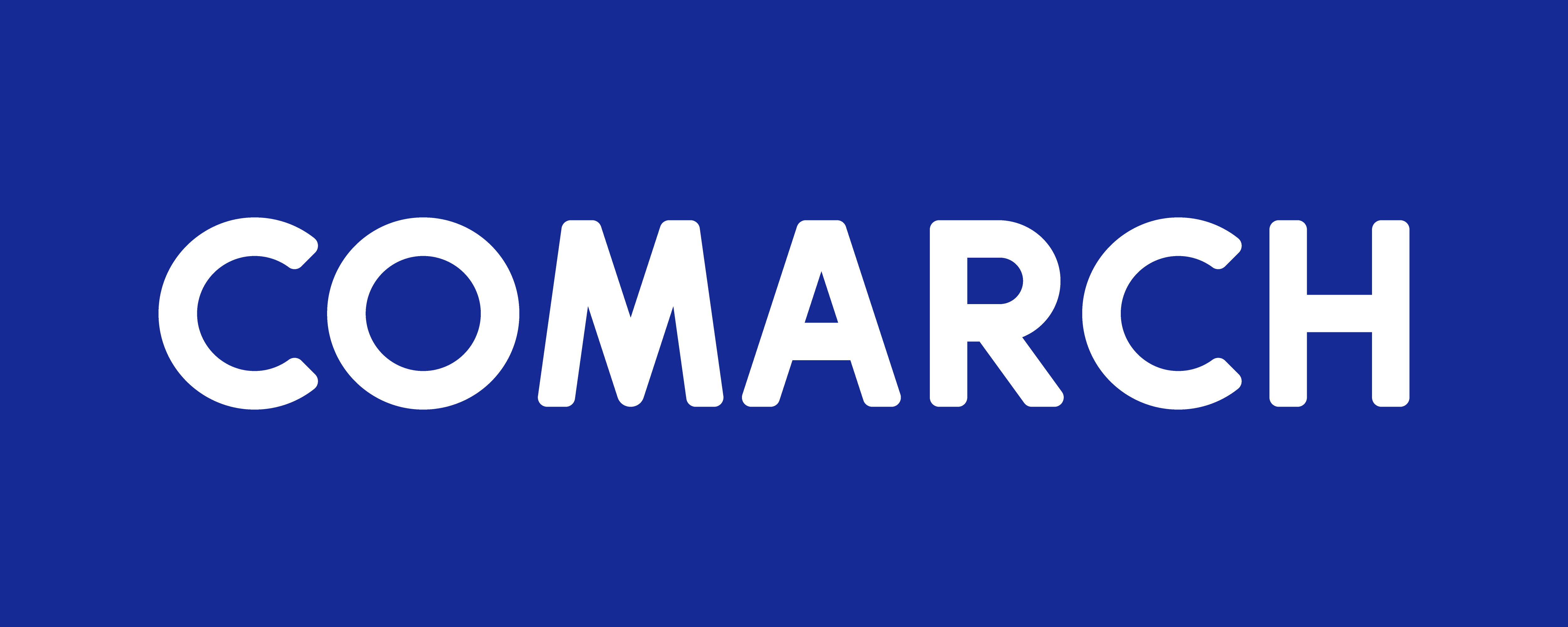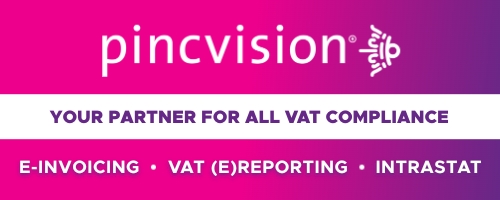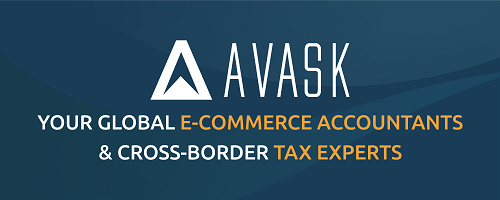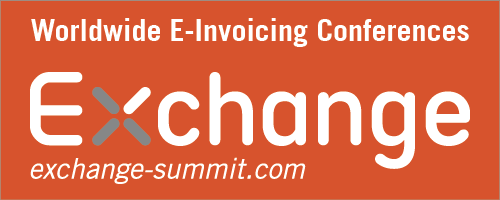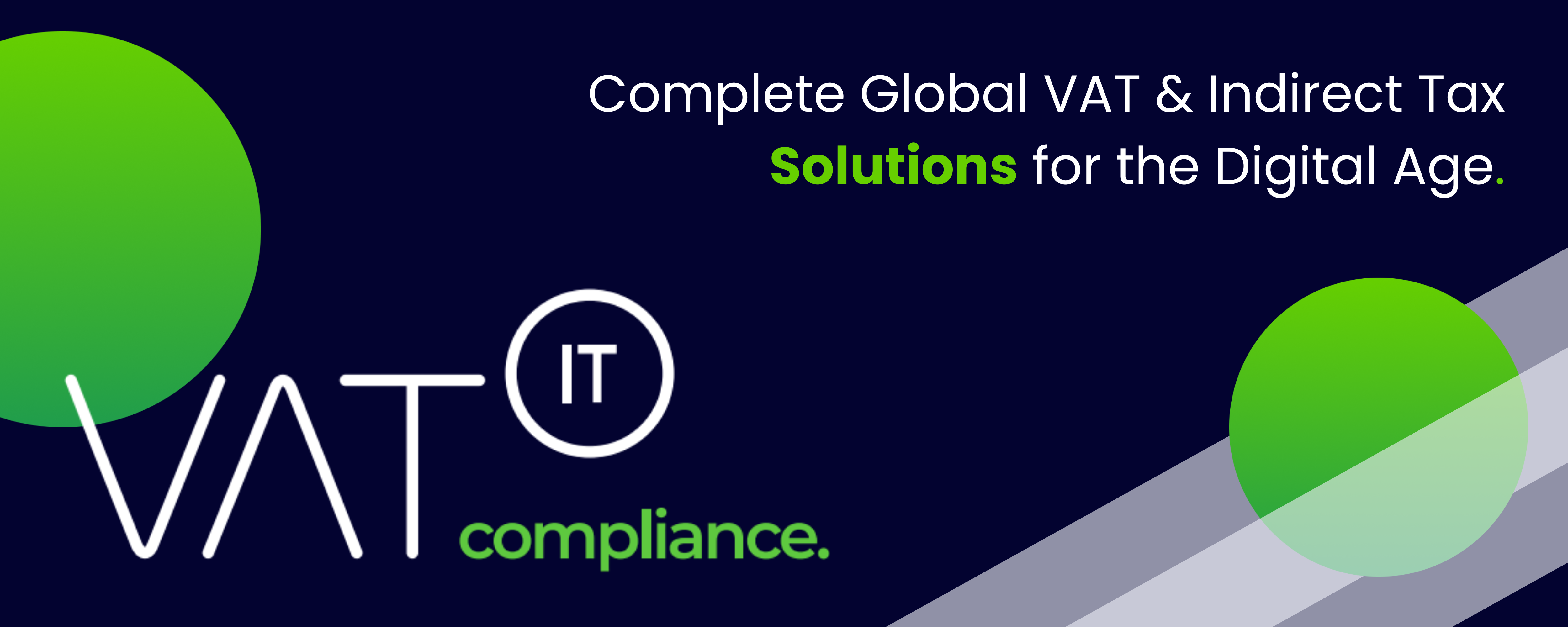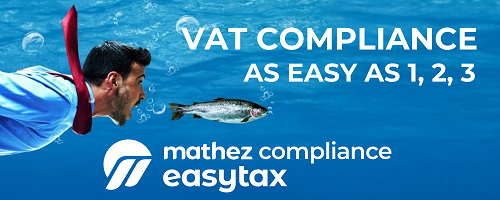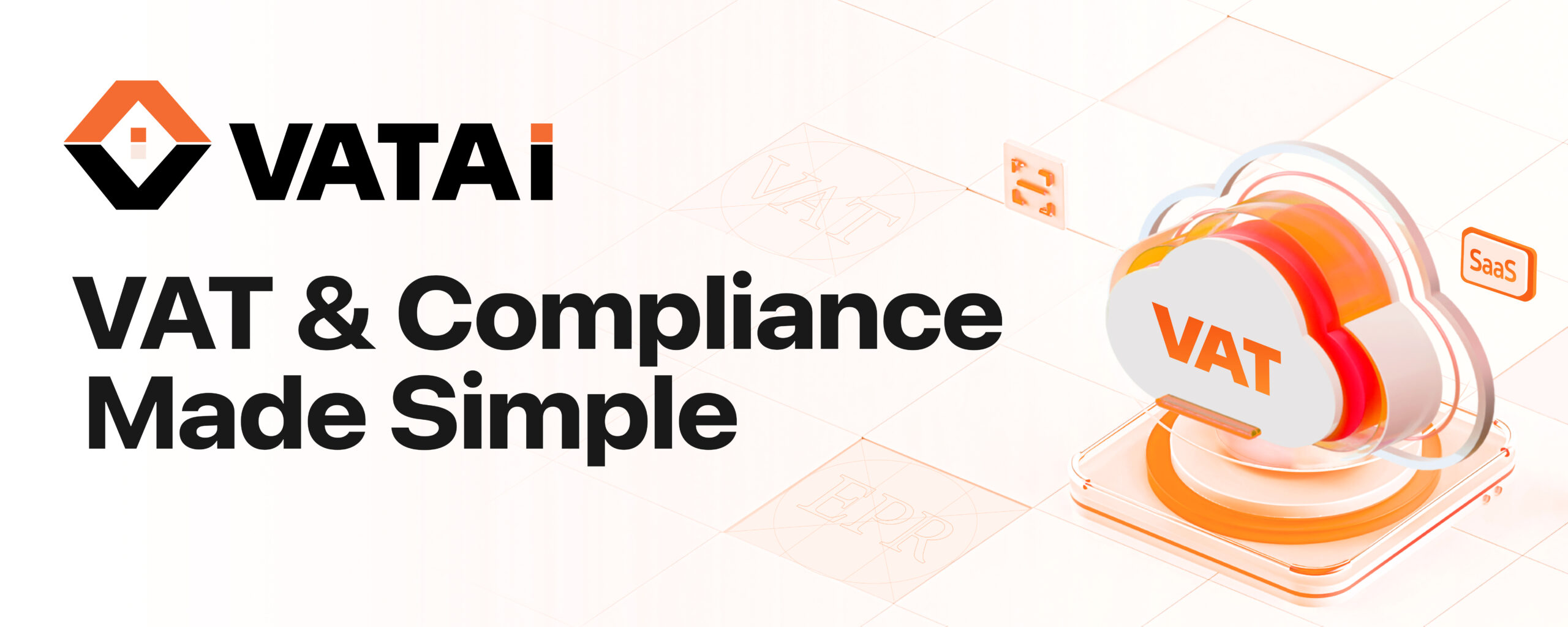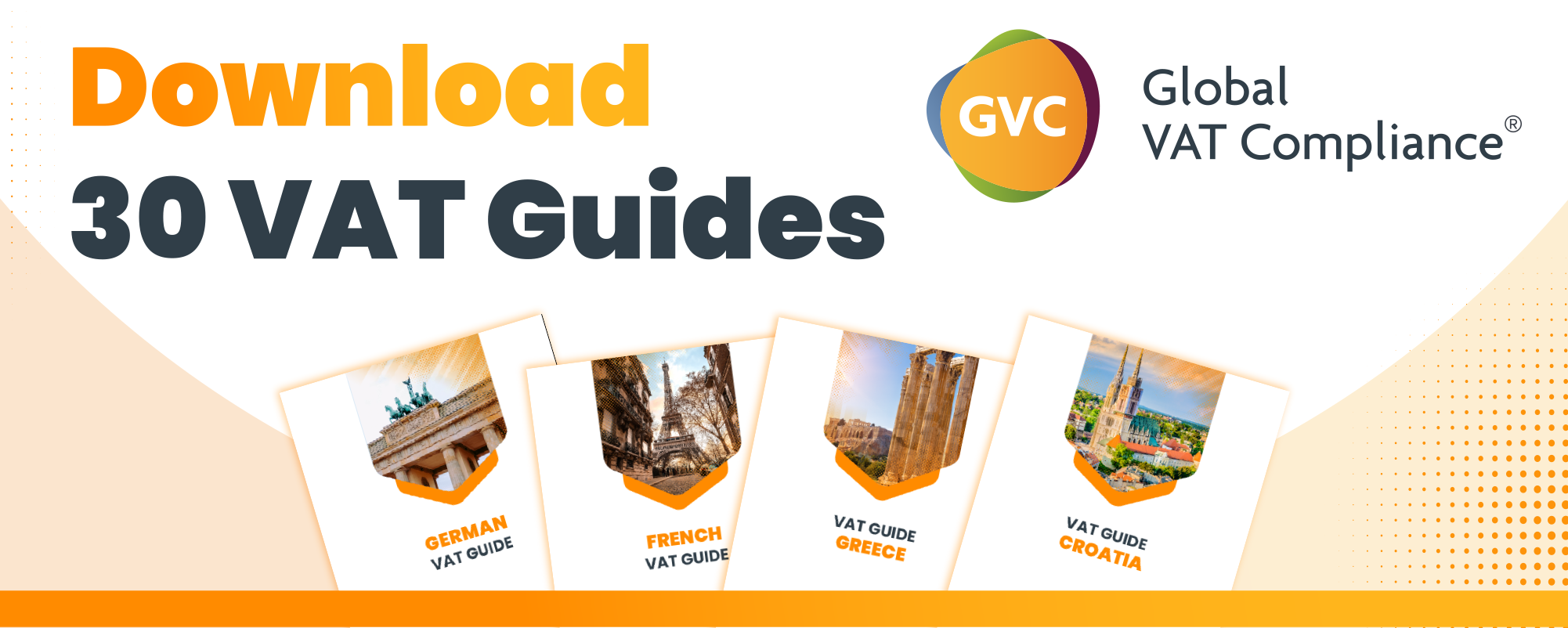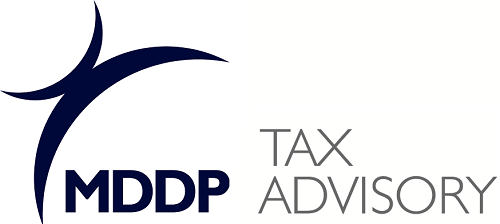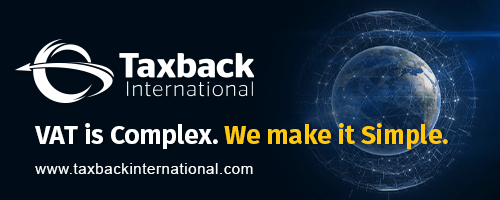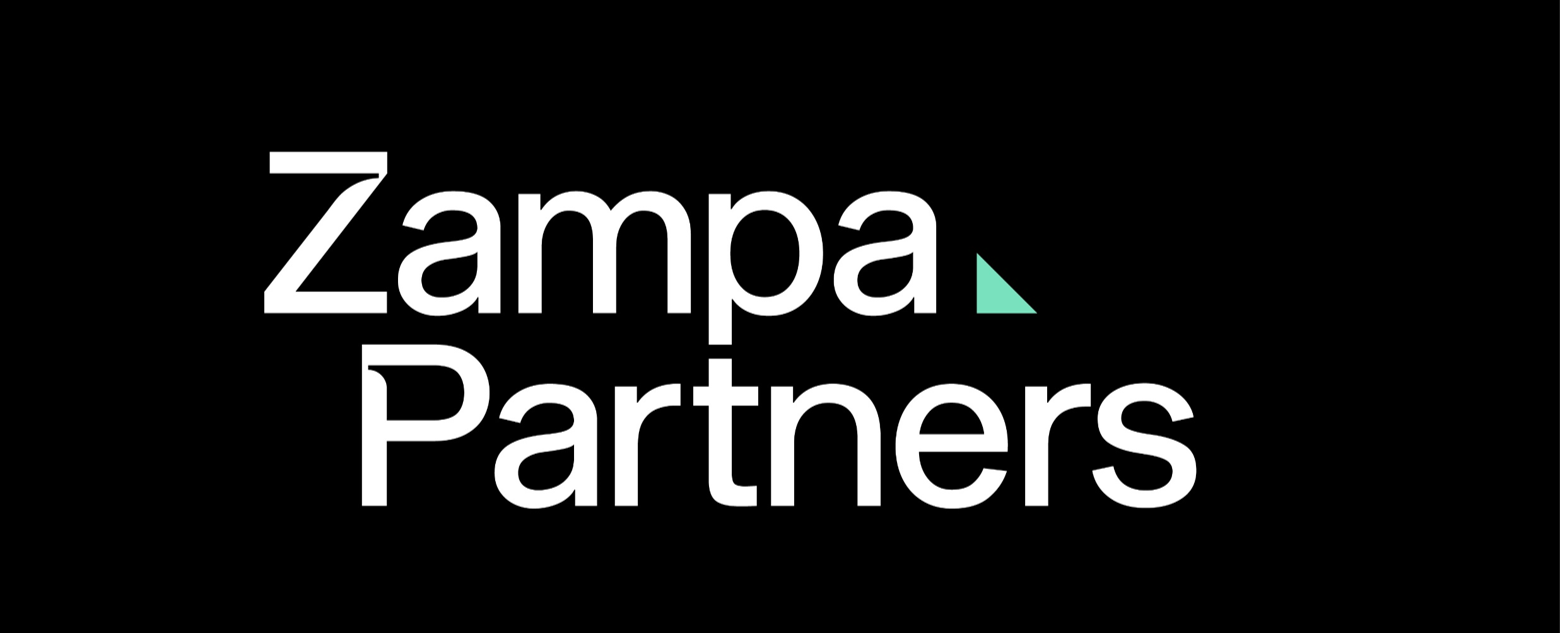- E-invoicing is a trending topic that will replace traditional VAT invoices.
- E-invoicing involves the electronic exchange of invoices in a structured format between two entrepreneurs.
- There are two models of e-invoicing: “post-audit” and “clearance model”.
- The “post-audit” model does not involve tax authorities, while the “clearance model” involves the seller, tax administration, and buyer.
- E-invoices must have a structured format and may need to be validated by authorities before being sent to the customer.
- The clearance model provides transparency for tax authorities and helps detect and reduce tax fraud.
- E-invoicing reduces costs, eliminates human errors, and streamlines the process of delivering invoices.
- The clearance model may eventually eliminate the need for VAT returns.
- Poland will implement mandatory e-invoicing between entrepreneurs starting from July 1st, 2024.
Source: krgroup.eu
Note that this post was (partially) written with the help of AI. It is always useful to review the original source material, and where needed to obtain (local) advice from a specialist.




